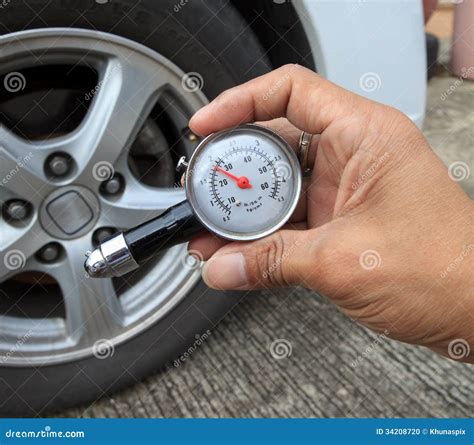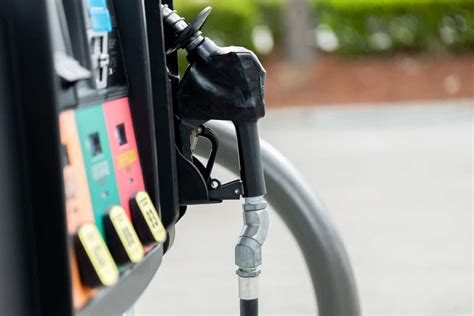Owning an SUV offers unparalleled comfort, cargo space, and a commanding view of the road. However, these larger vehicles often come with a higher fuel consumption tag. The good news? You don’t need to trade in your beloved SUV to save at the pump. By adopting a few simple driving habits and maintenance routines, you can dramatically improve your SUV’s fuel efficiency, putting significant cash back into your pocket every month.
Smooth Operator: The Art of Gentle Driving
Aggressive driving — rapid acceleration, sharp braking, and quick lane changes — is a major fuel guzzler. Every time you push your SUV’s engine harder than necessary, you’re burning more fuel. Instead, aim for smooth, gradual acceleration and anticipate stops to allow for gentle braking. Think of it as driving with an egg under your foot; the smoother you are, the less fuel you use.

Maintain a Steady Pace
Consistent speed is key to maximizing fuel economy. Rapid fluctuations in speed force your engine to work harder, consuming more fuel. On highways, utilize cruise control whenever safe and appropriate to maintain a steady speed. Avoid unnecessary speeding; for most SUVs, fuel efficiency significantly decreases above 60 mph.
Anticipate and Coast
Become a proactive driver. Look far ahead to anticipate traffic lights, slowdowns, and upcoming turns. By doing so, you can often lift your foot off the accelerator and coast, allowing your SUV to maintain momentum without using fuel. This technique is especially effective in urban driving where stop-and-go traffic is common.

Minimize Idling Time
An idling engine gets zero miles per gallon. If you’re going to be stopped for more than 30 seconds (e.g., waiting for someone, at a long train crossing), it’s generally more fuel-efficient to turn off your engine and restart it when you’re ready to go. Modern engines are designed to handle frequent starts.
Keep Tires Properly Inflated
Underinflated tires increase rolling resistance, forcing your engine to work harder and consume more fuel. Check your tire pressure regularly, at least once a month, and inflate them to the manufacturer’s recommended PSI (found on a sticker inside your driver’s side door jamb or in your owner’s manual). Proper inflation also improves handling and extends tire life.

Lighten the Load
Every extra pound your SUV carries requires more energy to move. While you can’t always control passenger weight, you can remove unnecessary items from your trunk or cargo area. Think about those golf clubs you only use once a month or the heavy tools you rarely need. Decluttering your SUV can make a surprising difference.
Mind Your Aerodynamics
Roof racks, cargo boxes, and even open windows at highway speeds create drag, increasing your SUV’s fuel consumption. Remove roof racks when not in use. If you need to carry items on the roof, consider aerodynamic designs. At higher speeds, use your air conditioning sparingly instead of rolling down all the windows, as the drag created by open windows can be more fuel-intensive than the AC.

Regular Maintenance is Non-Negotiable
A well-maintained SUV is an efficient SUV. Regular oil changes, air filter replacements, spark plug checks, and fuel system cleanings all contribute to optimal engine performance and better fuel economy. Don’t skip your scheduled service appointments; they’re an investment that pays off at the pump and in your SUV’s longevity.

The Bottom Line: Drive Smart, Save Big
Adopting these simple driving habits and maintenance tips isn’t just about saving money; it’s also about reducing your carbon footprint and extending the life of your SUV. By making conscious choices behind the wheel, you’ll be amazed at how much you can boost your SUV’s fuel efficiency, leading to serious monthly savings and a more enjoyable driving experience.




